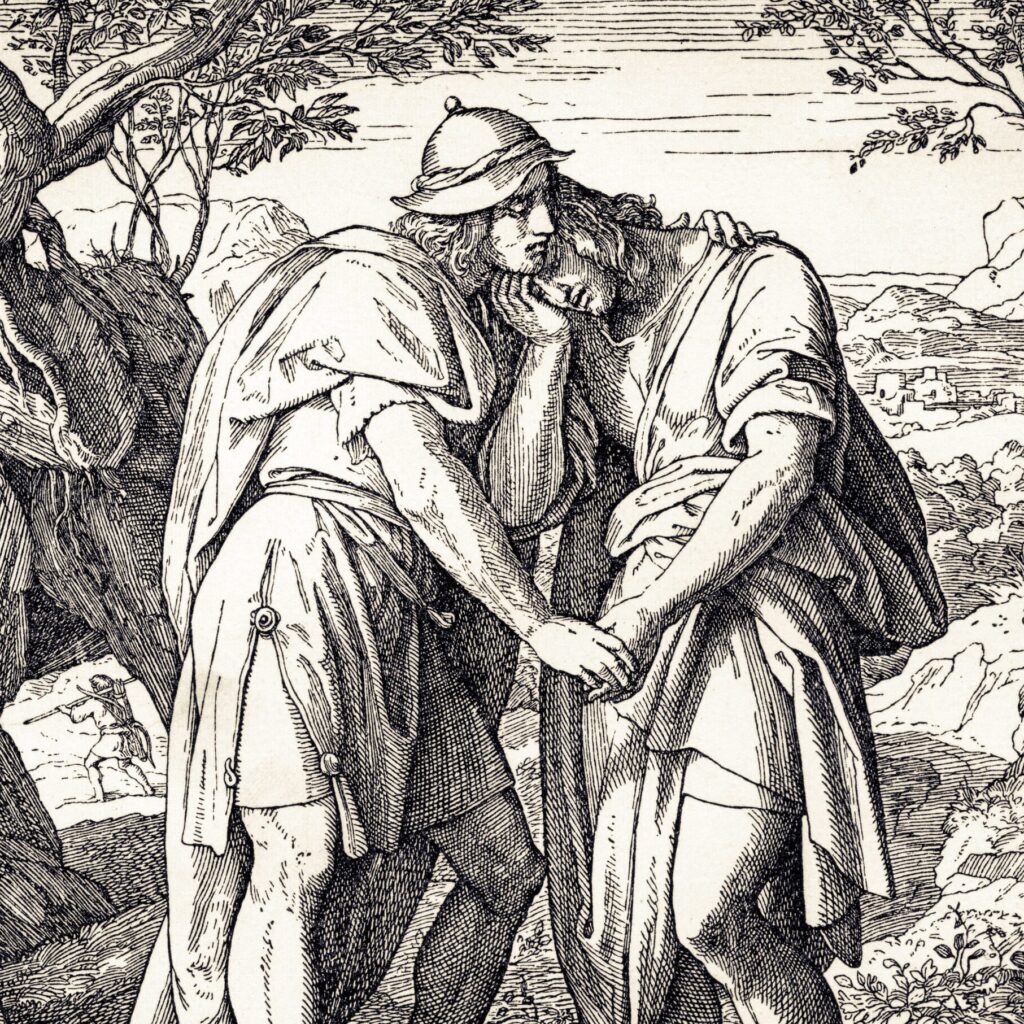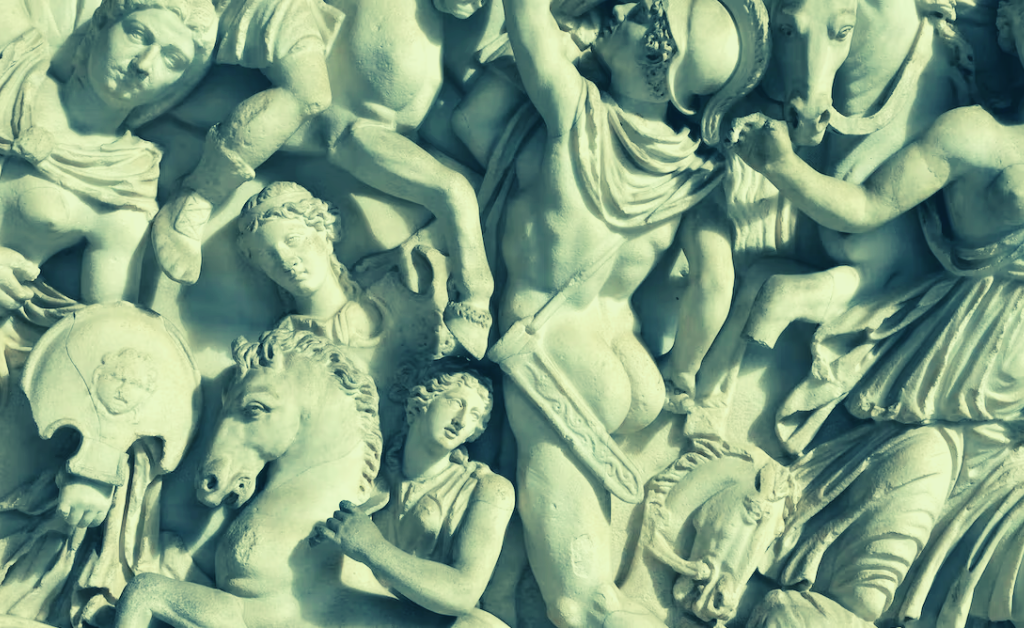Homosexuality has existed throughout human history and has been documented in various forms of literature for centuries. However, in the 17th and 18th centuries, the depiction of homosexuality in literature was often shrouded in secrecy and had to be written in coded language due to the societal attitudes and laws of the time.
During this era, homosexuality was considered a crime and was widely condemned by society. As a result, writers who wanted to explore same-sex love and desire often had to do so through metaphor and allegory, rather than direct representation. This was especially true in England, where the Buggery Act of 1533 made homosexual acts punishable by death.

One of the most famous examples of homosexuality in literature from this period is John Wilmot, the 2nd Earl of Rochester’s poem “A Satyr Against Reason and Mankind”. Although the poem is written in the form of a satire, it includes a number of overt references to homosexual desire, including the line “I have loved boys beautiful and fair”. The poem was considered scandalous in its time and was not widely published, but it remains a notable example of the coded language used to discuss homosexuality in the 17th century.

Another example of homosexuality in literature from this period is the play “The Roaring Girl” by Thomas Middleton and Thomas Dekker, which was first performed in 1611. The play features a cross-dressing female character named Moll Cutpurse who is in love with a woman. The play’s depiction of same-sex love was not meant to be taken seriously, and it was written as a form of satire, but it nonetheless provides a glimpse into the attitudes and representations of homosexuality in the early 17th century.

In addition to coded language, the representation of homosexuality in literature from this period often took the form of religious allegory. For example, the poems of George Herbert, a 17th-century Anglican priest, contain numerous references to same-sex love, often using the relationship between David and Jonathan from the Bible as a metaphor for male homosexuality.
In conclusion, despite the societal attitudes and laws of the time, homosexuality was present and documented in literature during the 17th and 18th centuries. Although often written in coded language or through allegory, these works provide a glimpse into the experiences and desires of LGBTQ individuals during this period. Today, many of these works are considered important pieces of LGBTQ literature and continue to be studied and celebrated for their contributions to our understanding of same-sex love and desire.
Note: This blog is a general representation of homosexuality in the 17th and 18th centuries and is not meant to be a comprehensive account of the topic.
The Poetry Cosmos welcomes all people who want to learn more about literature, no matter their age, experience, or education. We believe in the innate creativity of all people by encouraging and fostering experimentation and innovation. We invite everyone who values arts and culture to explore the written word. Click here to join our community.

